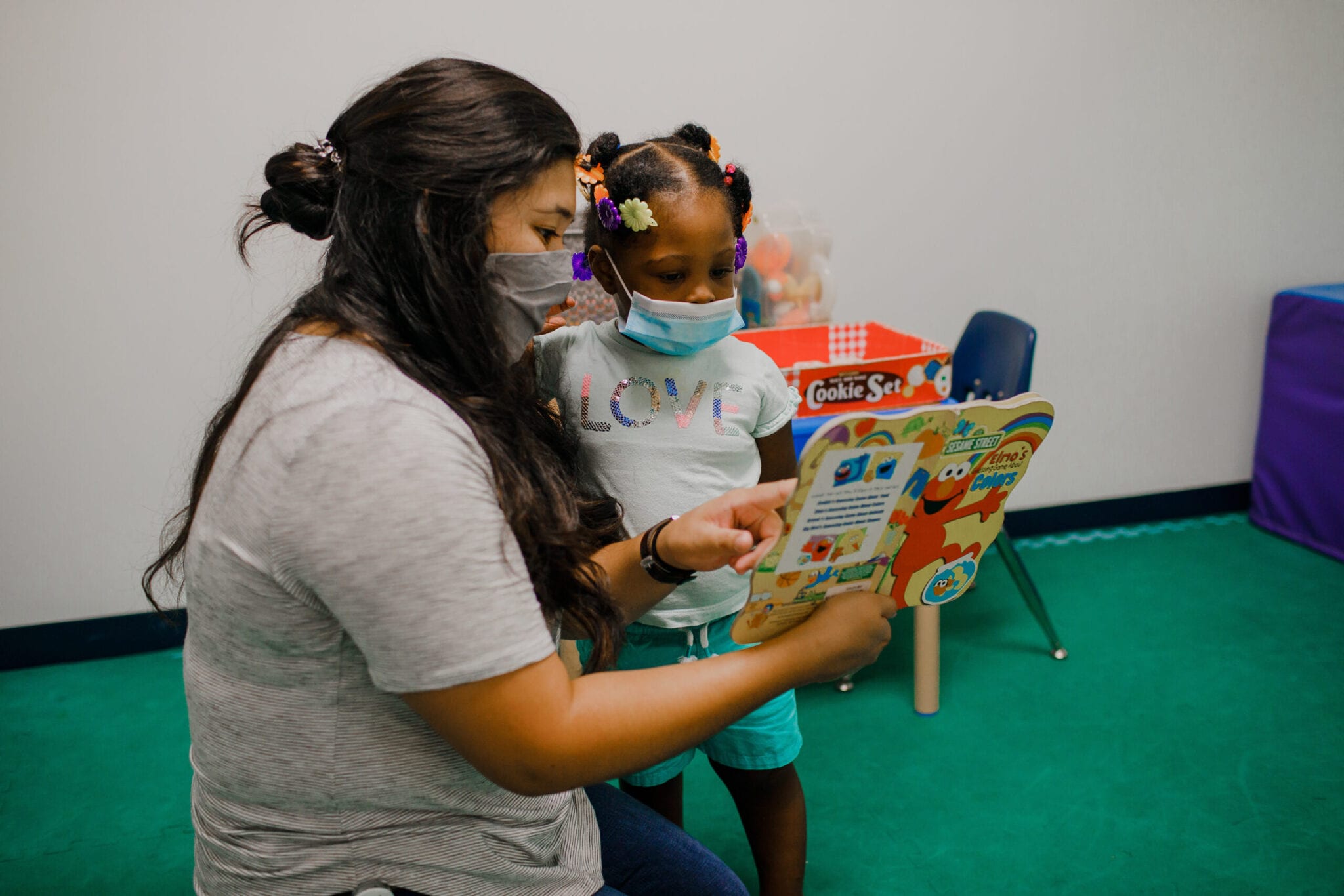Does your child ever look lost when you ask them to guess the definition of a new word you come across while reading together? Perhaps your school-aged child sees comprehension questions about words used in the text at the end of their assigned homework, and they guess answers at random.
These are signs that morphological instruction could be beneficial for your child.

Morphological instruction focuses on teaching students of all ages parts of words to make vocabulary words more accessible and easier to break down. For example, if we teach a learner that the word part (prefix) “un-” means “not,” this opens a whole new list of words that they now can know the meaning of! If your learner then encounters the word “unkind,” “unfriendly,” and “unacceptable,” they will be able to figure out for themselves what each meaning is, rather than having to learn each definition one by one. Morphological instruction is a very empowering tool for students because they become more independent in learning and reading words when the word parts sound familiar, are visually recognizable, and their definition is known.
Important Word Parts to Recognize:
- A prefix is a part of a word (a group of letters) that can go at the beginning of a word to change the meaning, like “non” in “nonsmoking” or “dis” in “dislike.”
- A suffix is a part of a word that can go at the end of the word to change its meaning, like “ous” in “poisonous,” and “ish” in “selfish.”
- A root is the part of a word that holds the core meaning of the word, but it cannot stand alone, like “agri” in “agriculture,” and “ambul” in “ambulance.”
- A stem is a word that can stand alone but also can be added onto, like “kind” and “unkind,” “kindness,” and “kindly.”
Helpful Hint! Contact a former or current teacher of your child’s and ask about a list of prefixes, suffixes, or roots that would be helpful for your child to learn. The Common Core curriculum has a standard for 2nd grade that students will decode words with common prefixes and suffixes, and a standard for 3rd grade that students will decode words with common Latin suffixes. In the 6th grade, there is a standard for use of common, grade-appropriate Greek or Latin affixes and roots as clues to the meaning of a word (e.g., audience, auditory, audible).
Fun Ways to Practice:
- While reading, practice looking for taught word parts (prefixes, suffixes, roots) in familiar words to help your child more readily recognize word parts in words they do not know. When a student has identified that they do not know a word, the first step to practice is to look for word parts they might know before looking outside the word for hints.
- Play “Would You Rather” using already taught morphemes and vocabulary to help your child practice. “Would you rather re-do your homework or un-do your homework?” “Would you rather have a cupful or a mouthful of ice cream?” “Would you rather feel sadness or shyness?”
- Use a Popsicle Stick “Word Transformer” to change words’ meanings! Write a prefix or suffix on a popsicle stick and put it in front or behind (as appropriate) \ simple, known, word stems and talk with your child about how it transforms the word’s meaning.
- Make a “Silly Word Dictionary” where you and your child take words and add word parts you are practicing, like prefixes and suffixes, to the words to create new and fun words. For instance, “unjuggle” can mean to do the opposite of juggling (dropping everything on the floor), or “refriend” can mean to make friends with someone again after you had an argument or haven’t seen them in a while.
